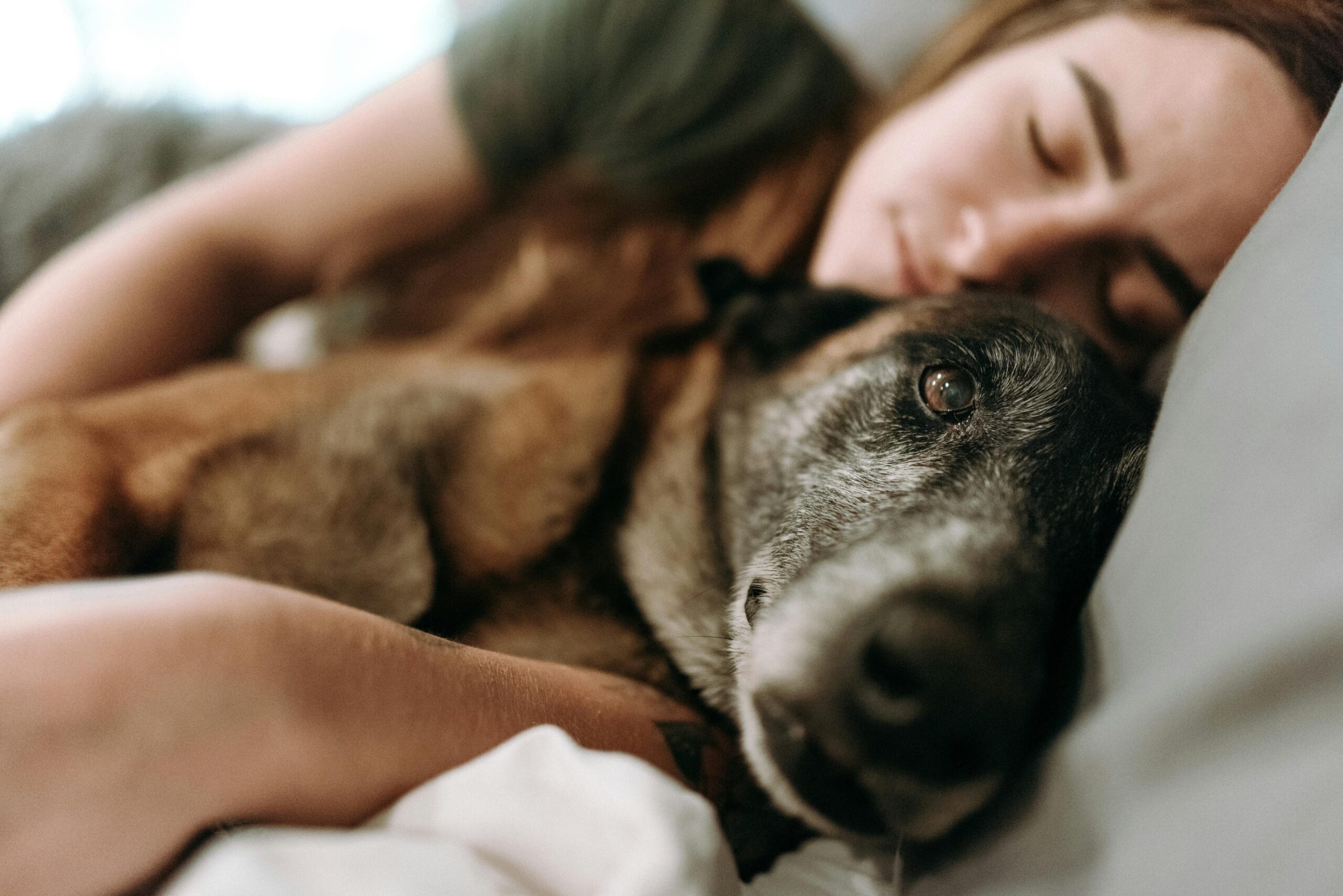
A multi-award-winning dog trainer has revealed three simple yet powerful training tips that could save pet owners thousands of pounds in vet bills.
With the cost of pet healthcare at an all-time high, now is the perfect time to sharpen up your dog’s training and help prevent avoidable accidents and ailments, says Shelina Duke, founder of With The Flo, an in-person and online dog training service based in London.

Shelina said:
“As a dog trainer with a passion for canine welfare, I’ve seen it all. Dogs are wonderful companions, but just like us, they have their quirks and behaviours that can lead to costly vet bills if not addressed early.
That’s why I’ve decided to share three top training tips that could save you a small fortune in vet visits, while also making your dog’s life happier and healthier.”
Having left a career in teaching to follow her lifelong dream of working with dogs, Shelina is dedicated to helping owners avoid common pitfalls that lead to expensive treatments.
“The earlier we spot and address behavioural or health problems, the easier – and cheaper – it is to treat them,” she says. “I want to empower dog owners with the knowledge and tools to keep their dogs happy, healthy, and out of the vet’s.”
Here are Shelina’s expert tips for a safer, healthier, and more harmonious life with your dog:
1. Ditch ‘Leave It’ – Teach ‘Get It’ Instead
We all know the command ‘leave it’ – used when a dog’s eyeing up something dodgy, like a grape or stray chicken bone. But here’s the catch: ‘leave it’ can suggest that everything is fair game unless you say otherwise. That means your dog might grab something dangerous before you’ve even had a chance to notice.
Shelina recommends flipping the script with a ‘get it’ cue instead.
This simple switch teaches your dog that nothing is theirs unless given permission. When you say ‘get it’, your dog knows it’s safe and approved. It’s a proactive way to reduce the risk of them gobbling down something harmful when your back’s turned.
2. Say ‘Switch’, Not ‘Drop’
The word ‘drop’ often turns into a battle of wills. The moment your dog hears it, they know you want what they’ve got – which makes that item suddenly a lot more valuable in their eyes. Whether it’s a sock, tissue, or half a sandwich, this can quickly escalate into a stressful tug-of-war.
Instead, train your dog to ‘switch’.
This means letting go of one item in exchange for something better – a high-value treat or a favourite toy, for instance.
“This way, the dog is motivated to give up the item because they get something just as valuable – or better – in return,”Shelina explains. The result? A calmer, happier dog, and fewer emergency dashes to the vet over swallowed socks.
3. Prioritise Sleep – It’s a Health Essential
Think sleep has nothing to do with training? Think again.
“Sleep is just as important for dogs as it is for us,” says Shelina. “Many dogs don’t get enough deep sleep, which can lead to stress, anxiety, and health problems.”
Most dogs need 16 to 20 hours of sleep per day (puppies need even more). A tired dog is more likely to misbehave, get injured, or develop stress-related issues.
Make sure your dog has a calm, quiet place to rest. If they’re crate-trained, covering the crate can help them settle, and adding gentle background noise – like a fan or soft music – can aid relaxation. Extra nap opportunities throughout the day can also make a world of difference.
Bonus Tip: Get to Know Your Dog’s Body
The more familiar you are with your dog’s body, the faster you’ll spot when something’s amiss.
From their gums to their gait, knowing what’s normal means you’re better equipped to catch changes early.
“If something feels different – whether it’s a lump, a change in their coat, or a shift in behaviour – you’ll be able to catch it early and get them checked by a vet right away,” says Shelina. Early detection often means less invasive, less costly treatment.
For more information on Shelina’s training programmes, visit www.withtheflo.co.uk

